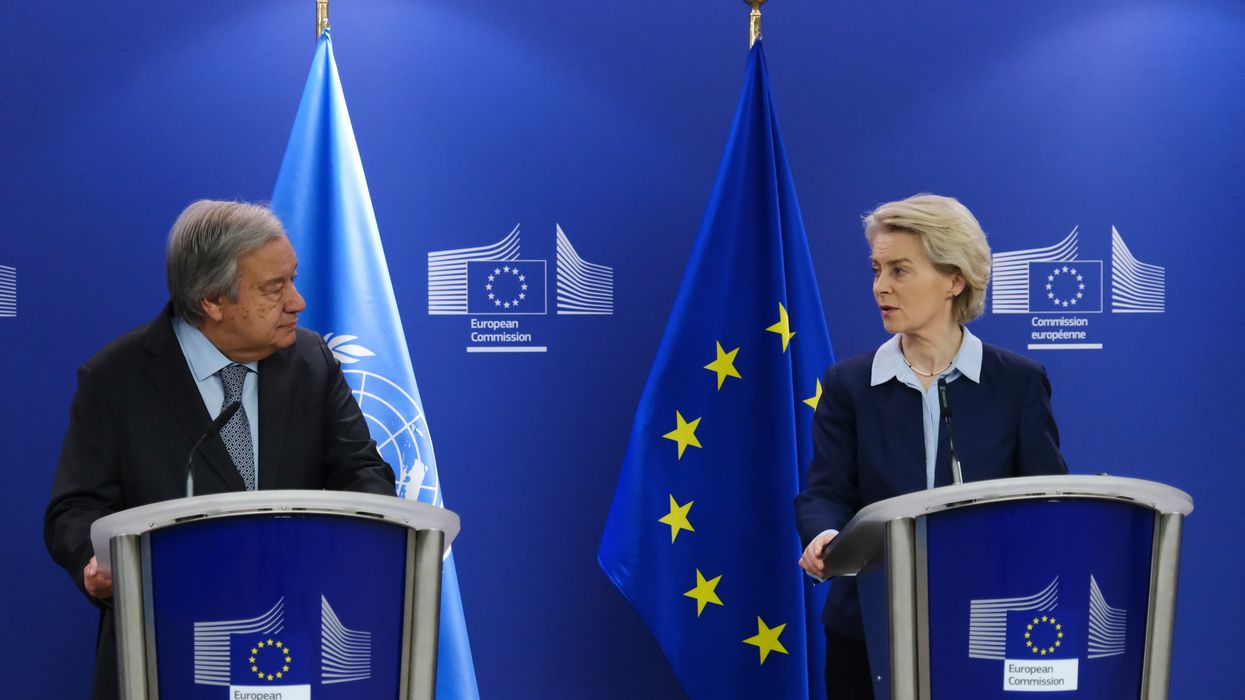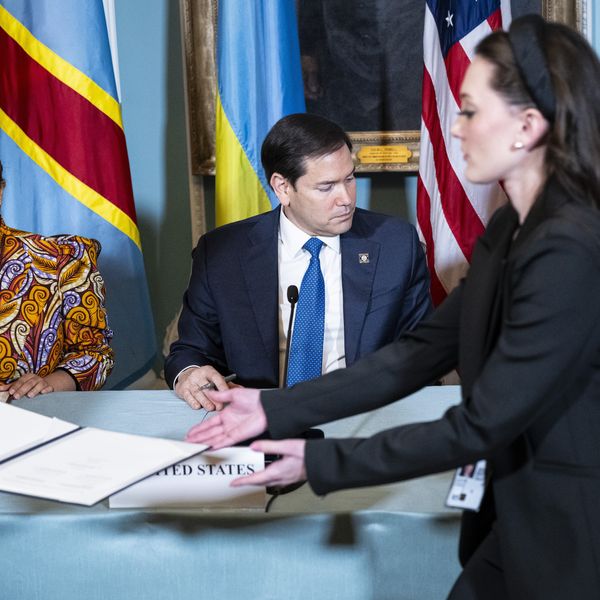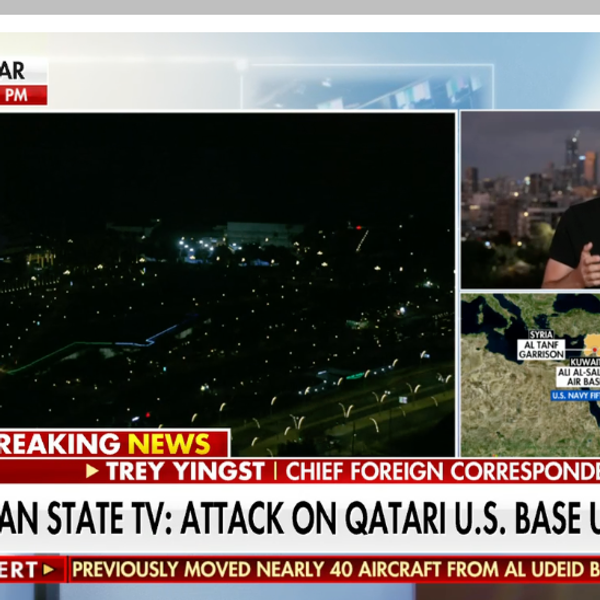As President-elect Trump prepares to take office for a second time, he faces a world that has changed profoundly since 2020. While Russia’s invasion of Ukraine may be the most visible shift, two deeper changes in the international order demand America’s attention: the rise of multipolarity and the trend toward “multi-alignment.”
These realities provide an opportunity for the United States to rethink its approach to global affairs, adopting a grand strategy of “restraint.” This isn’t a call to retreat from the world. Instead, it’s an approach that prioritizes prudent balancing and selective blunting — moving beyond the ideal of maintaining U.S. hegemony by enforcing a so-called “rules-based order” and focusing instead on adapting to today’s geopolitical complexity.
Indeed, several regional powers hold significant influence, and their interests do not align neatly with those of Washington. China, India, Brazil, and Turkey have become increasingly assertive players, not just in their regions but on the global stage. These countries navigate their own complex priorities and pursue strategies that often reflect the needs of their citizens over the preferences of foreign powers. In this environment, the U.S. should not view itself as the world’s dominant force but as one player among many, working to balance power while managing relationships with rising and established nations alike.
A multipolar world doesn’t call for the U.S. to abandon its leadership entirely, but it does mean embracing a restrained approach that focuses on critical areas of interest, where American involvement can make a meaningful impact. The United States is no longer in a position to unilaterally set the global agenda or expect other countries to follow it without question. In this environment, the goal of American foreign policy should be to engage selectively in regions where its core interests are directly affected. In other words, it’s time to prioritize, not to police.
One of the greatest challenges will be managing the diffusion of power and influence to other great powers without falling victim to overreach or being drawn into unnecessary conflicts. America can meet this challenge by adopting a balancing strategy that empowers other regional actors to contribute to stability. For example, in the Indo-Pacific, countries like Japan, South Korea, and India have strong reasons to check China’s expansion. Rather than carrying the burden alone, Washington can support these countries’ efforts, providing economic, technological, and defense support that enables them to maintain a stable balance of power in the region. This approach allows the U.S. to pursue its interests without attempting to control the situation directly, a strategy that is both more realistic and more sustainable.
If multipolarity demands a recalibrated approach, the growing trend of “multi-alignment” both amplifies that demand and complicates it. Many countries are increasingly reluctant to commit exclusively to either the U.S. or its competitors. Instead, they pursue flexible partnerships with multiple powers, driven by pragmatic self-interest. Countries like India, Saudi Arabia, and the United Arab Emirates, for instance, are balancing their relationships with both the U.S. and China. They’re not playing both sides for the sake of confusion; they’re doing so to maximize their options and pursue a foreign policy that best serves their own needs.
Multi-alignment reflects a shift in global expectations about geopolitical relationships. In today’s world, few countries want to be tied down by the obligations of a rigid bloc. For the U.S., this means adapting to a reality where allies and partners may not always act as Washington would like. Yet multi-alignment also offers a valuable opportunity: it allows Washington to engage with countries on specific issues without requiring them to “choose sides” or abandon their own interests. Instead of pushing for full alignment, the U.S. can pursue issue-specific partnerships, where countries come together around shared goals without rigidly defined alliances.
By acknowledging and respecting the autonomy of multi-aligned countries, the U.S. can embrace restraint as a way to foster pragmatic, cooperative relationships. For example, India’s interests in balancing China align well with those of the United States, even as New Delhi maintains its defense ties with Russia. Rather than forcing a binary choice on India, the U.S. can work with Indian leaders where it matters most, supporting them in the Indo-Pacific without demanding that they abandon their relationships with other major players. Such an approach reflects a mature, realistic form of partnership that recognizes the complex interests driving many countries’ strategies today.
Restraint is not just a practical response to multipolarity and multi-alignment — it’s also a more sustainable way for America to engage in the world. The cost of maintaining extensive alliances and security guarantees has become increasingly difficult to justify, especially as other countries are willing and able to take on greater roles in their regions. By shifting from global intervention to prudent balancing, the U.S. can reduce its military footprint while still playing a constructive role where it counts. This means focusing on regions directly affecting American security, such as the North Atlantic and the Western Hemisphere, and allowing allies to assume greater responsibility elsewhere.
Under a restrained approach, America would prioritize diplomatic and economic levers over military tools, recognizing that influence can come from trade, technology partnerships, and cultural ties as much as from force. This strategy is more suited to a world where countries often seek flexible relationships rather than binding commitments. Instead of expecting nations to embrace an American-led order, the U.S. can work with them on mutually beneficial projects that respect both their interests and autonomy. In a world where influence flows from more than just military might and ideological dominance, the U.S. must work to secure its position through flexible collaboration and nuanced engagement.
Encouraging self-reliance among allies is another crucial aspect of restraint. Countries such as Japan, Australia, and Germany are more capable than ever of defending themselves and taking active roles in their regions. For too long, the U.S. has acted as the primary guarantor of their security, often at the cost of its own resources. By shifting to a supporting role and encouraging allies to bolster their defenses, the U.S. can foster stronger, more resilient partnerships. This approach doesn’t abandon allies — it acknowledges their growing capabilities and allows them to lead in their respective regions, ultimately creating a more balanced, multilateral world.
This strategy may strike some as a step back from global leadership, but in reality, it’s a strategic adaptation to the world as it is, not as it was – or was imagined to be – during the so-called unipolar moment. A restrained approach to foreign policy is not a call for isolationism or retreat; it’s a recognition that the U.S. must adapt to new geopolitical realities and pursue its interests accordingly. Trying to enforce a global order that no longer reflects the world’s power dynamics is neither feasible nor desirable – indeed, it is dangerous. Instead, America should focus on fostering global stability through strategic partnerships, blunting the efforts of other great powers to achieve regional or global hegemony, while avoiding overreach.
In a multipolar, multi-aligned world, restraint is not a loss of influence but a means of securing it more sustainably. The U.S. can lead by example, demonstrating that adapting to complexity requires flexibility and prudence, not dominance or hegemony. President-elect Trump’s new administration has a unique opportunity to embrace this restrained approach, enabling America to thrive in a world that no longer revolves around any single power. Through prudent balancing and selective blunting, the United States can continue to protect its interests and promote global stability without succumbing to the siren song of American global hegemony.














